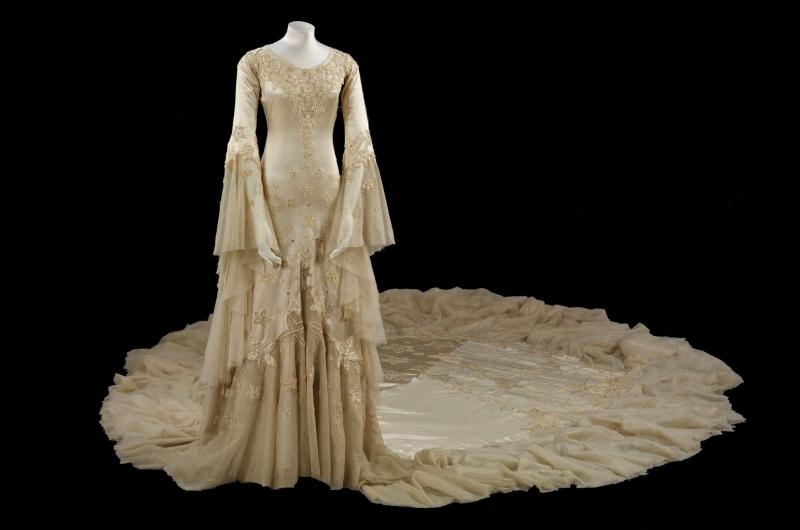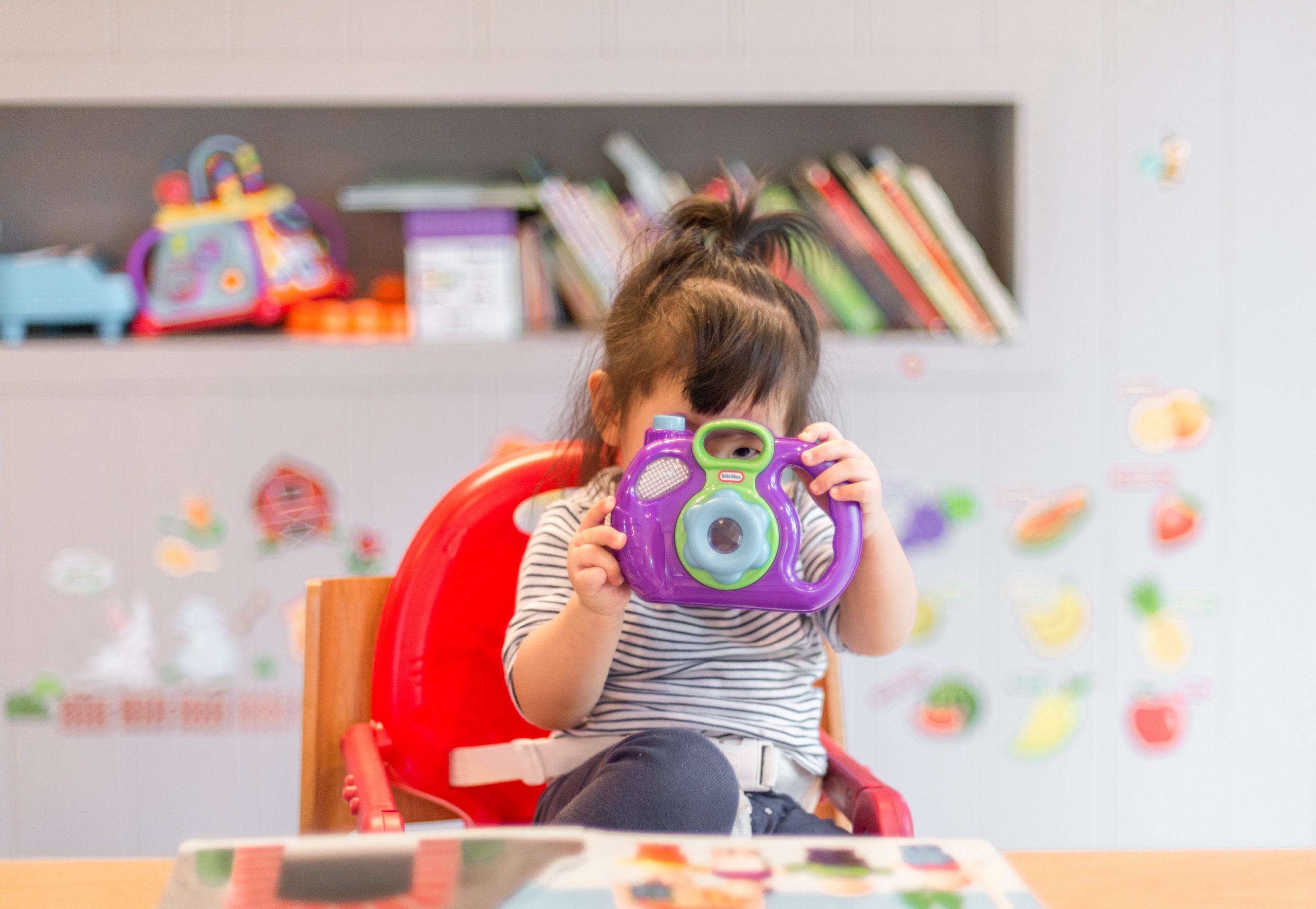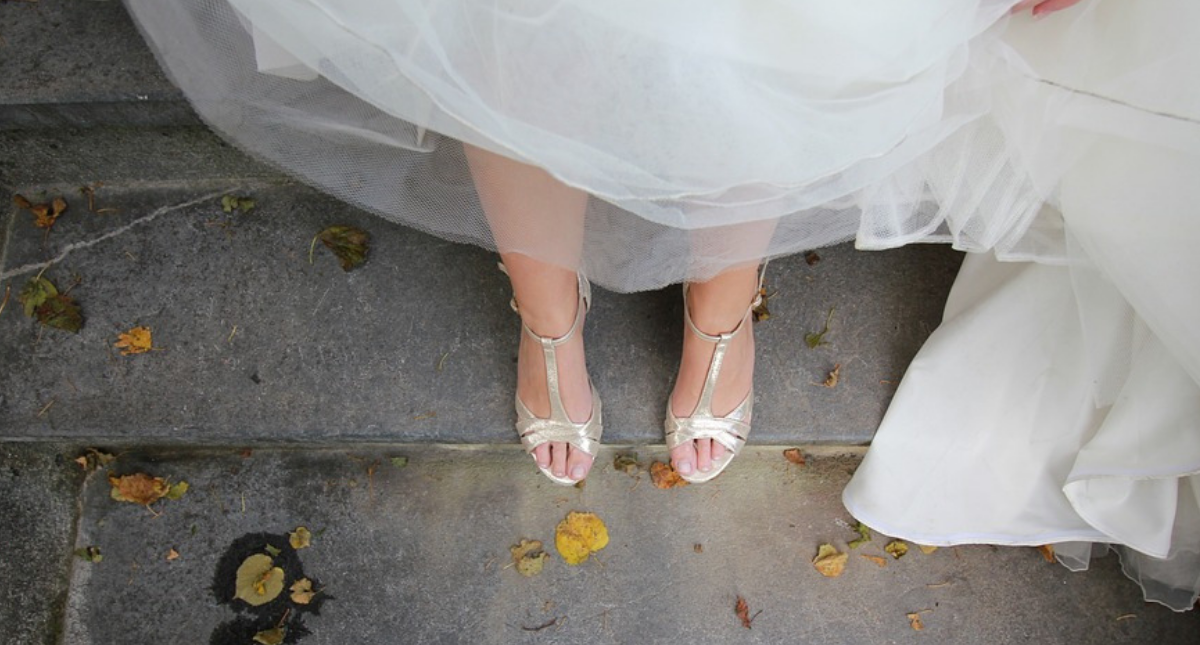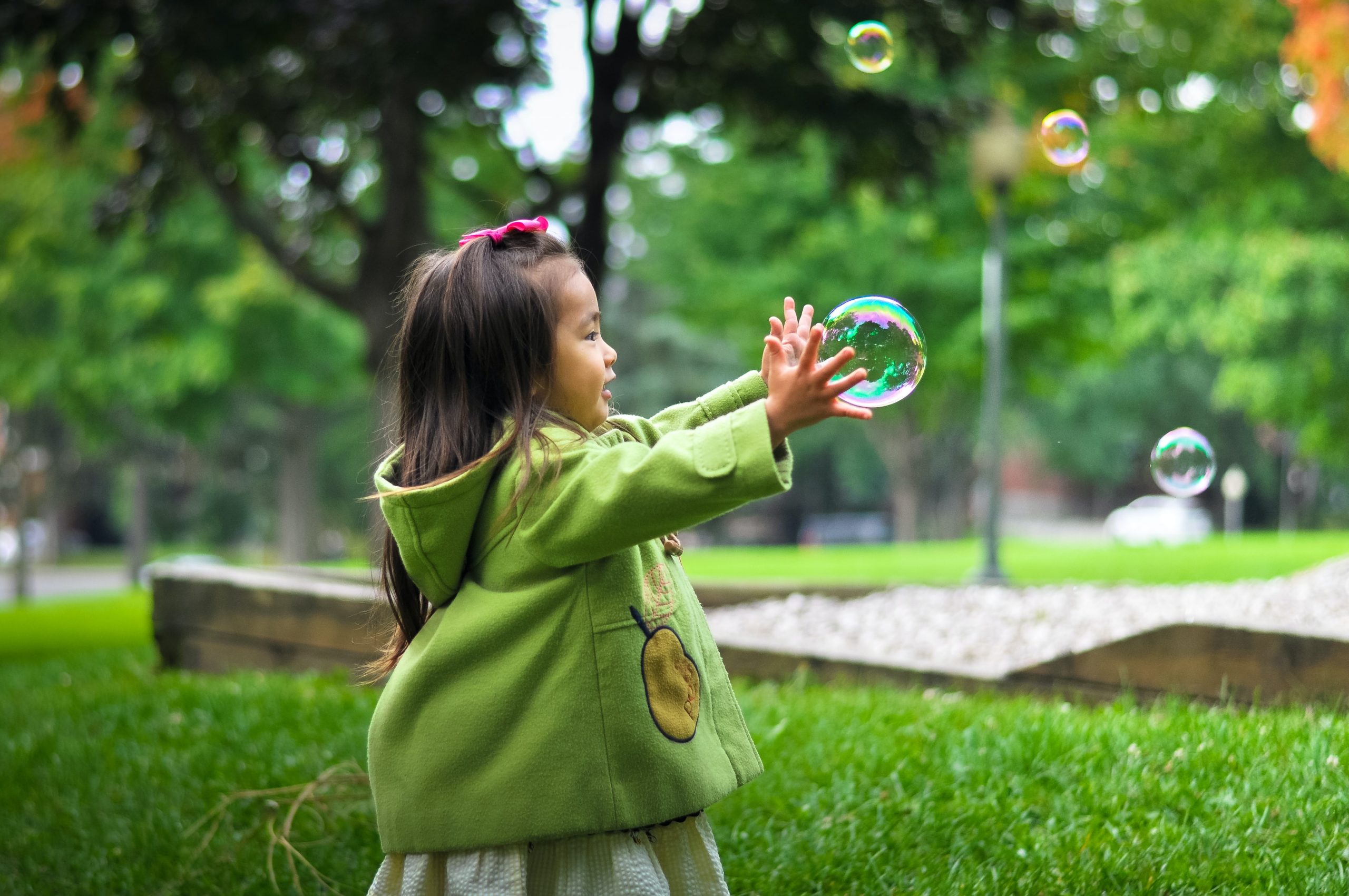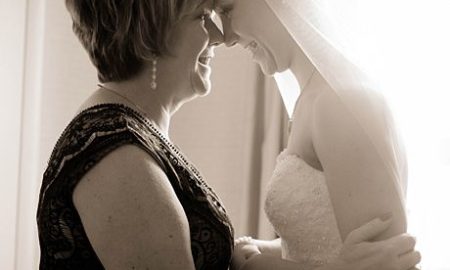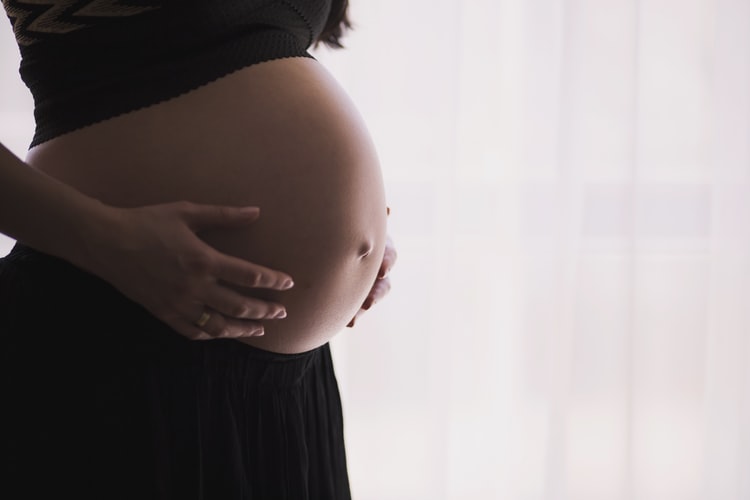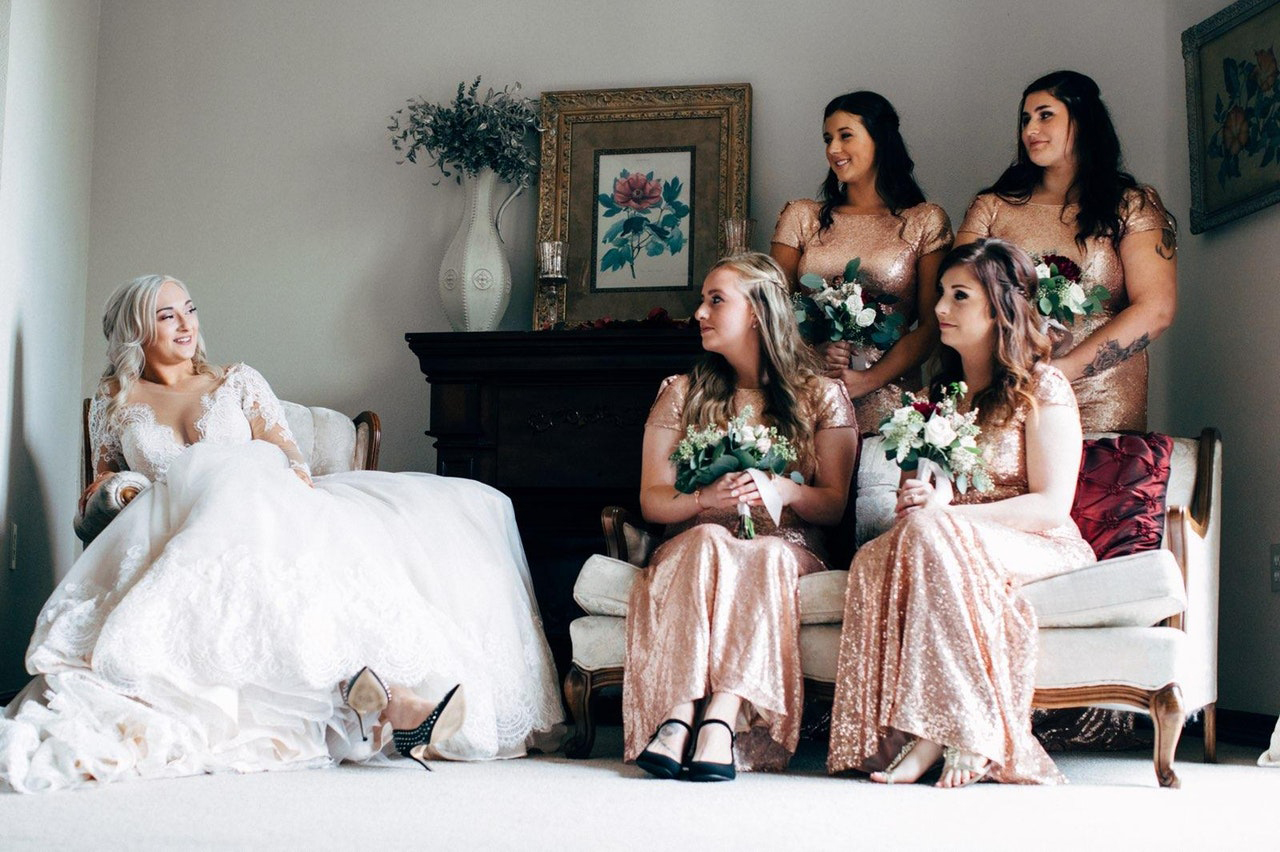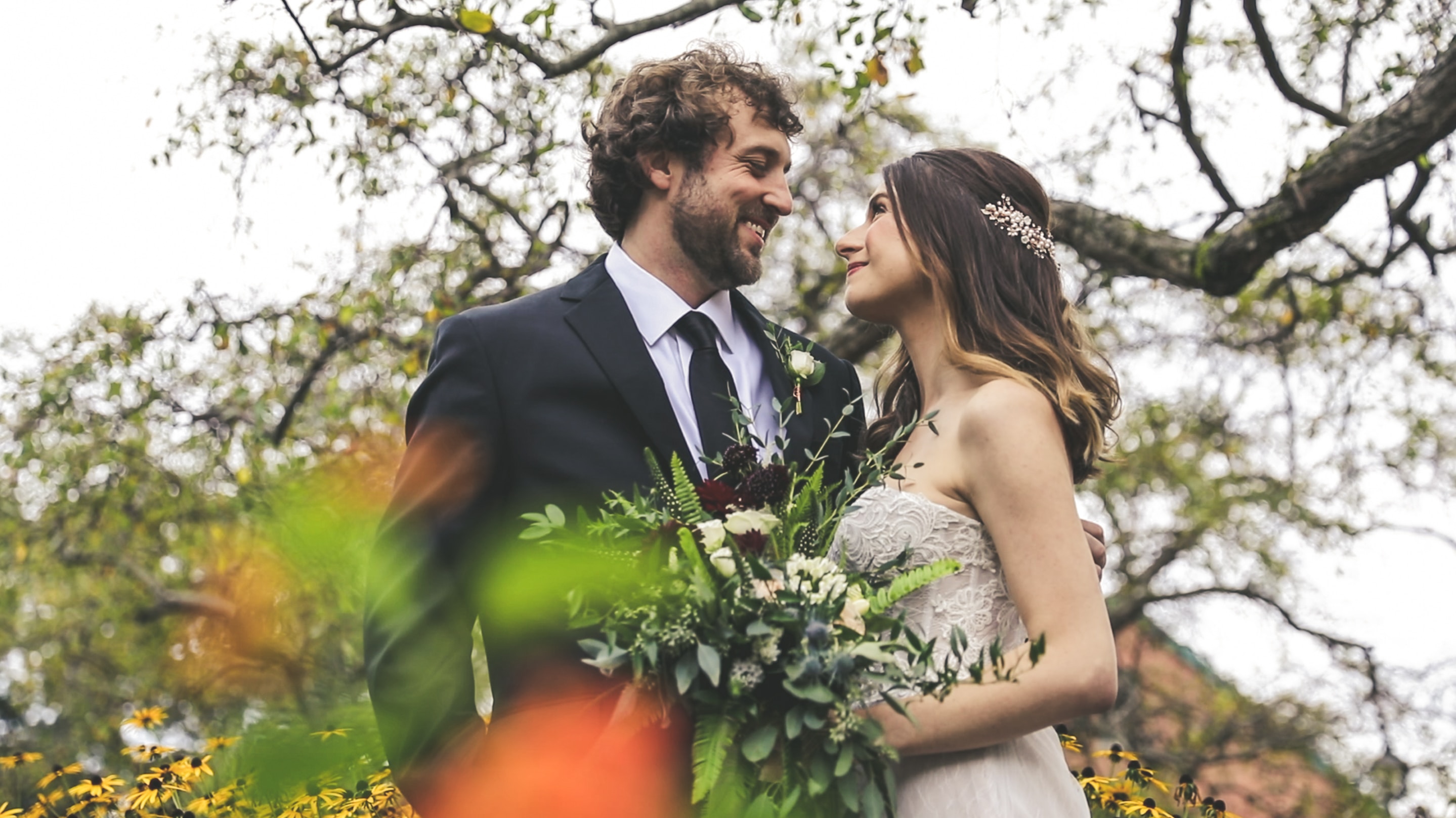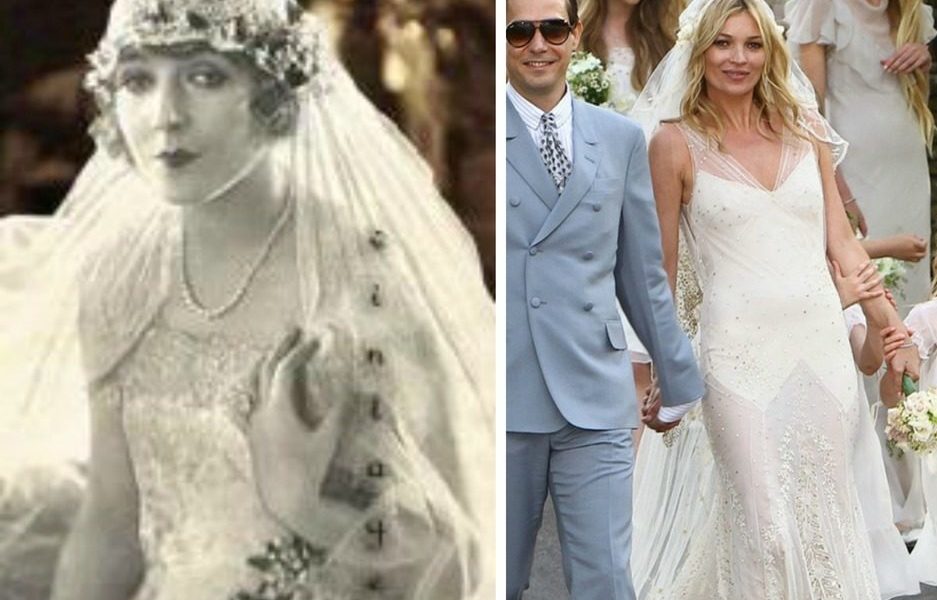

Weddings are often called ‘the bride’s day.’ She has dreamed about this day her whole life. She has meticulously planned the perfect ceremony and reception. She has carefully selected every guest in attendance. And she has picked out her dream dress to wow her husband, guests, and to situate herself as the queen of the day.
But in the past, weddings were much less focused on the bride and her dress. These affairs used to represent more of a business alliance than a union of love. They were often a matter of politics, the joining of two individuals for the benefit of their families, businesses, or countries. Therefore, wedding dresses were a reflection of the wealth and status of the bride’s family
Ancient of days
During the time of the Roman Empire, the mother of the bride would dress her daughter in a floor-length, one-piece tunic, held together by a band of wool knotted at the waist. Only the groom was allowed to untie that band. A bright yellow veil complemented the look over the tunic.
Wedding day finest
Can you imagine a day before brides had the glorious task of saying yes to their dream dress? Back in the day, brides would simply select their finest dress to wear for their ceremony. They typically would not buy or make a new dress specifically for the event. The color of the dress was not a big concern, with green being largely avoided and blue being a popular choice.
The bride wore white
Even though others had opted to wear white on their wedding day before, the marriage between Queen Victoria and Prince Albert began a trend of brides choosing white for their wedding gowns. In 1804, England’s Queen Victoria donned a bright white dress with orange blossoms for her wedding day, a choice that inspired other common folk to do the same. About a decade later, “Godey’s Lady’s Book” — one of the first women’s magazines in America — declared white the most fitting hue for brides.
Excess = wealth
Wedding dresses continued to serve as illustrations of wealth and status as pure white fabric was difficult to come by in the 1800s. And when the pure white turned out a little more creamy tan, the more fabric the better to show off wealth in a different way. If their families could afford it, brides would strive for the height of fashion, with the most exclusive fabrics and maybe even a layer of fur, velvet, or silk.
Evolution in reverse
The Great Depression bounced the development of wedding dresses back a few phases as families had a hard time spending money on a dress that would only be worn once. Brides again donned their finest, which wasn’t necessarily in the shade of white.
Back on track
But the evolution of wedding dresses returned to the track in the second half of the 1900s thanks to the economic boom. White was again the most popular color, as evidenced by the iconic dresses of Princess Diana, Grace Kelly, and others. Dress styles reflected the styles of the day until the 1960s, a point afterword of which brides reverted back to more Victorian styles.
Current
In the 21st century, white continues to be the most popular color for wedding dresses, with other light colors occasionally serving as alternatives. White is assumed to represent purity (even though blue traditionally symbolizes that virtue), rather than wealth or status. While floor-length dresses were the norm throughout history, brides now have complete freedom to let their dresses stretch to the floor, to their calves, to their knees, or up their thighs. Be thankful for your freedom not only to choose whatever dress you desire, but to marry whatever man you desire!
Check out the most iconic wedding dresses here!









